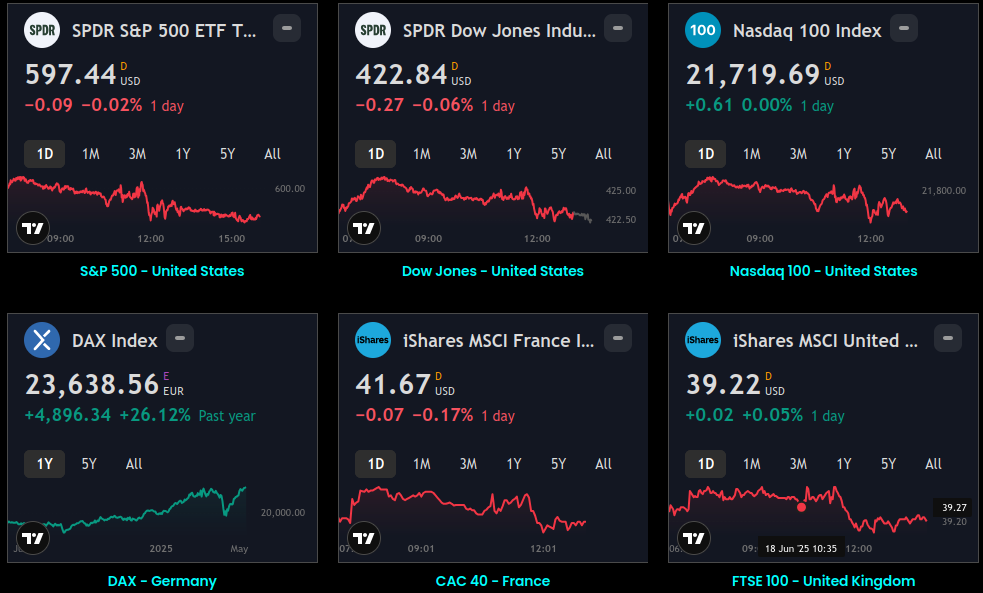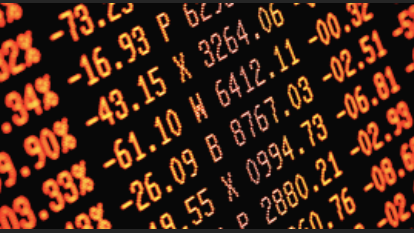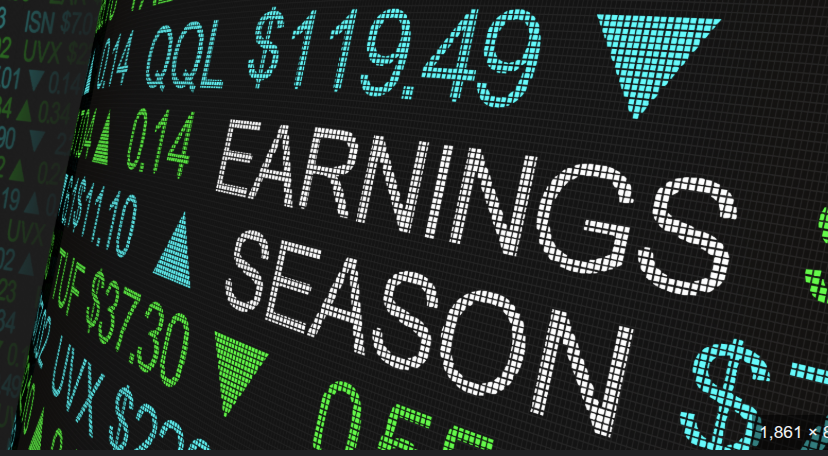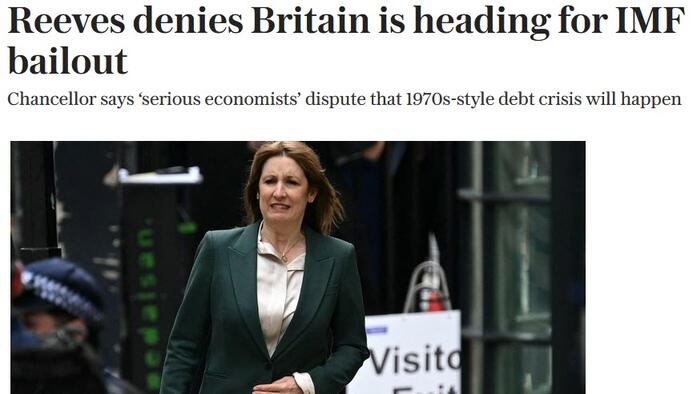WTF Dailies July 7, 2025
US stock futures fell Sunday as President Trump and top administration officials suggested country-specific tariffs would take effect on Aug. 1, offering more potential confusion to trading partners but also potential breathing room for negotiations.

- US stock futures fell Sunday as President Trump and top administration officials suggested country-specific tariffs would take effect on Aug. 1, offering more potential confusion to trading partners but also potential breathing room for negotiations.
- Trump had targeted July 9 as a self-imposed deadline, when his "pause" on steep April tariffs would go back into effect. Global markets have been bracing for that potential shock, with the US only having reached deals with the UK and Vietnam, as well as a framework toward an agreement with China. But on Sunday, both Treasury Secretary Scott Bessent and Trump suggested that while Trump could send out letters this week informing countries of their tariff rates, those duties would not go into effect until Aug. 1.
- Bessent hinted at several possible deals in the coming days, suggesting the focus this week is clarity with 18 major trading partners before setting duties for the 100-plus other countries that the administration has in its sights for trade taxation. Wall Street is waiting to see how trade talks between the European Union and Canada go, in addition to other key partners.
- The tariff focus comes after Wall Street capped a strong week, as both the S&P 500 and Nasdaq closed at record highs on Thursday. A barometer market sentiment, known as the Levkovich Index, has current feelings at a 'euphoric' level, indicating the potential for overstretched positions. And the market's momentum faces real tests. With equities at record levels, investors are wary that any sharp turn in trade negotiations could trigger volatility.
- Meanwhile, Trump has said that countries aligned with the BRICS bloc will face an extra levy over allegedly anti-American practices. Trump has repeatedly criticized the bloc, which consists of founding members Brazil, Russia, India, China, and South Africa, over its efforts to develop new trade alternatives to the United States. At the heart of these efforts was an attempt to create a BRICS currency which could serve as an alternative to the U.S. dollar, although the bloc recently signaled that it has no such plans. BRICS added Egypt, Indonesia, Iran, Saudi Arabia, and the United Arab Emirates as full members in 2024.
- Trump also lashed out against former confidant Elon Musk over the latter’s plans to form a third political party in the U.S., furthering a bitter public feud between the two. Musk, who was Trump’s largest financier during the 2024 elections but has repeatedly criticized the president’s sweeping fiscal bill, said earlier in the weekend that he planned to form a new political party, dubbed the America Party.
- Crude prices hovered around both sides of the flatline on Monday after OPEC+ announced plans to increase output more than expected in August, sparking concerns that the market will become oversupplied.
- Asian markets slipped into the red on Monday as fresh confusion over the US tariff policy weighed on investor sentiment, while oil prices extended losses after OPEC+ surprised markets with a bigger-than-expected output hike.
- Japanese shares shed 0.3%.
- South Korea’s KOSPI declined 0.7%, and MSCI’s broadest index of Asia-Pacific shares outside Japan edged down 0.1%.
- Nifty50 and BSE Sensex, the Indian equity benchmark indices, opened in red on Monday on global uncertainty regarding US President Donald Trump’s tariff policies. While Nifty50 was above 25,400, BSE Sensex was below 83,400. At 9:17 AM, Nifty50 was trading at 25,436.45, down 25 points or 0.096%. BSE Sensex was at 83,348.17, down 85 points or 0.10%. Market experts anticipate continued consolidation, pending further clarity on trade discussions. Individual stocks are likely to see movement based on Q1FY26 business performance updates as the earnings season commences this week.
- Equity markets closed lower on Monday to start a quiet week for new economic data. Utility and consumer staples stocks posted gains, while the consumer discretionary and materials sectors lagged. In international markets, Asia finished mixed overnight, while Europe was up as Eurozone retail sales growth cooled to 1.8% annualized in May, ahead of estimates for a sharper slowdown.* The U.S. dollar advanced against major international currencies. In commodity markets, WTI oil traded higher amid a tight supply market despite OPEC+ hiking output more than expected at its July 6 meeting.*
Market Close
- Equity markets closed lower on Monday to start a quiet week for new economic data. Utility and consumer staples stocks posted gains, while the consumer discretionary and materials sectors lagged. In international markets, Asia finished mixed overnight, while Europe was up as Eurozone retail sales growth cooled to 1.8% annualized in May, ahead of estimates for a sharper slowdown.* The U.S. dollar advanced against major international currencies. In commodity markets, WTI oil traded higher amid a tight supply market despite OPEC+ hiking output more than expected at its July 6 meeting.
- President Trump announced new tariffs today, including 25% levies on goods imported from Japan, South Korea, Malaysia and Kazakhstan.South Africa will face 30% duties. If the countries don't reach trade deals in July, new tariffs are scheduled to be applied on August 1, which is an extension from the previously-announced July 9 end to the 90-day pause. Trump also announced separately that countries aligning with certain policies of the BRICS bloc of developing countries would face an additional 10% tariff. BRICS countries, which include Brazil, Russia, India, China and South Africa, are currently meeting for a two-day summit in Brazil. While progress on ongoing trade negotiations or new trade agreements could provide some clarity over the coming days, the tariff rates announced today appear to be higher than markets expected, raising inflation and growth concerns.
- Bond yields rose, with the 10-year Treasury yield at 4.39%. The broader trend has been lower as the benchmark yield has pulled back from its May peak near 4.60%. Bond markets have dialed back expectations for Fed interest rate cuts to two this year, down from three following the Nonfarm payroll report that showed stronger-than-expected job gains in June.
Global Indices:

Active Stocks:

Stocks, ETFs and Funds Screener:

Forex:

CryptoCurrency:

Events and Earnings Calendar:

This daily briefing is curated from a wide range of reputable sources including news wires, research desks, and financial data providers. The insights presented here are a synthesis of key developments across global markets, intended to inform and spark thought.
No Investment Advice: This content is for informational purposes only and does not constitute investment advice, recommendation, or endorsement.
Timing Note: Each edition is assembled based on the market context available at the time of writing. Timing, emphasis, and interpretations may vary depending on global developments and publishing windows.

















